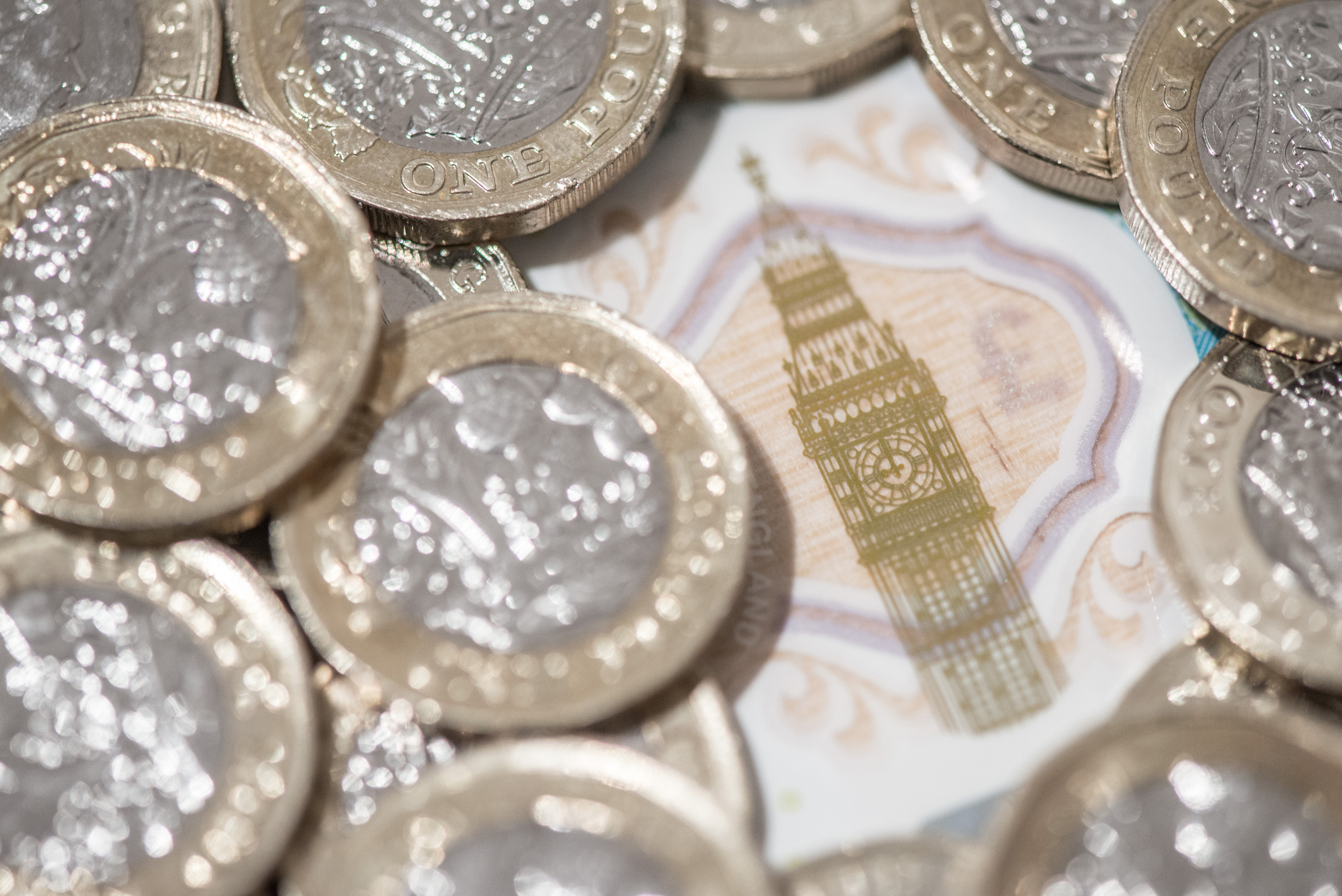The lowdown on quantitative easing
It's five years since the Bank of England began its money-printing programme. In the video, Ed Bowsher looks at whether it has been successful.

It's almost five years since the Bank of England began its quantitative easing programme, also known as QE.
In this video, Ed Bowsher explains how QE works, and whether the money-printing programme has met its objectives.
See also: What is the 'taper'?
Subscribe to MoneyWeek
Subscribe to MoneyWeek today and get your first six magazine issues absolutely FREE

Sign up to Money Morning
Don't miss the latest investment and personal finances news, market analysis, plus money-saving tips with our free twice-daily newsletter
Don't miss the latest investment and personal finances news, market analysis, plus money-saving tips with our free twice-daily newsletter
It's almost five years since the Bank of England launched its quantitative easing programme, also known as QE.
So I think it's a good time to recap what the programme actually is and also look at whether it's worked.
So what is QE?
Put simply, the Bank of England created money, which it then used to buy gilts from the commercial banks such as HSBC and Barclays.
The Bank did this to achieve these objectives:
The first was to stop deflation. Back in 2009 there were fears that we could have deflation where prices would fall across the economy.
By creating extra money, the Bank could reduce those deflationary pressures.
The second objective was to reduce long-term interest rates. The Bank of England normally has the greatest control over short-term rates; that's for loans that last for days, weeks, or months. The longer the loan, the less influence the bank has.
Instead long-term interest rates are basically set by investors in the gilts market. If investors push up the price of gilts, the yield falls and long-term interest rates across the economy should move down too.
By buying gilts, the Bank of England has reduced gilt yields and long-term interest rates.
So has QE worked?
It's impossible to give a definitive answer on this as we don't know what would have happened without QE.
But the reality is we haven't had a slump, and we haven't had deflation, and I suspect things might have been different without QE.
On the other hand, QE has also had some negative impacts. Asset prices, especially property and shares have shot up as more money has become available. Rising asset prices have been good for the wealthy not for the rest of us.
QE has also hurt savers because interest rates have been so low and rates on annuities have also been amazingly low.
My hunch is that QE was necessary in the first place but has perhaps been in operation for too long.
Anyway, we appear to be entering the end game' on QE in at least the US and UK. In the US, there's much talk about the taper.' So in my next video I'm going to look at the taper and how QE may be wound down.
Get the latest financial news, insights and expert analysis from our award-winning MoneyWeek team, to help you understand what really matters when it comes to your finances.
Ed has been a private investor since the mid-90s and has worked as a financial journalist since 2000. He's been employed by several investment websites including Citywire, breakingviews and The Motley Fool, where he was UK editor.
Ed mainly invests in technology shares, pharmaceuticals and smaller companies. He's also a big fan of investment trusts.
Away from work, Ed is a keen theatre goer and loves all things Canadian.
Follow Ed on Twitter
-
 Average earnings by region – how does your income compare?
Average earnings by region – how does your income compare?There are significant regional differences when it comes to how much the average worker earns. We explore the data and reveal where in the UK average earnings are highest.
By Daniel Hilton Published
-
 St James’s Place confirms new fees – what it means for customers
St James’s Place confirms new fees – what it means for customersThe UK’s largest wealth manager is replacing its “opaque” and “complex” pricing structure. We explain the new charges, and when they will kick in
By Ruth Emery Published
